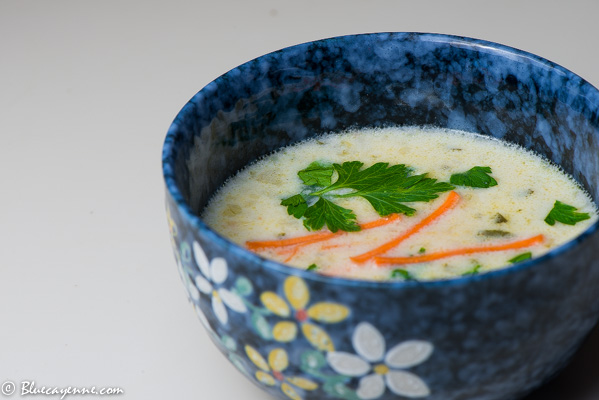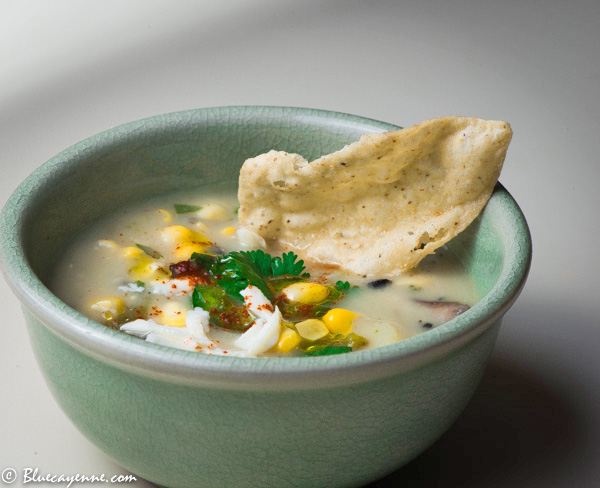Potato Salad with Goat Cheese
“Found a little patched-up inn in the village of Bulson. Proprietor had nothing but potatoes; but what a feast he laid before me. Served them in five different courses-potato soup, potato fricassee, potatoes creamed, potato salad and finished with potato pie. It may be because…




